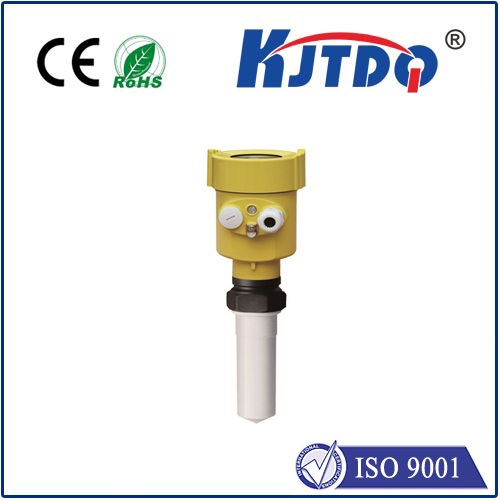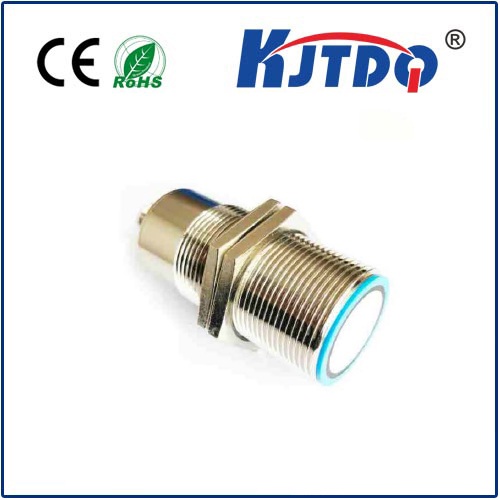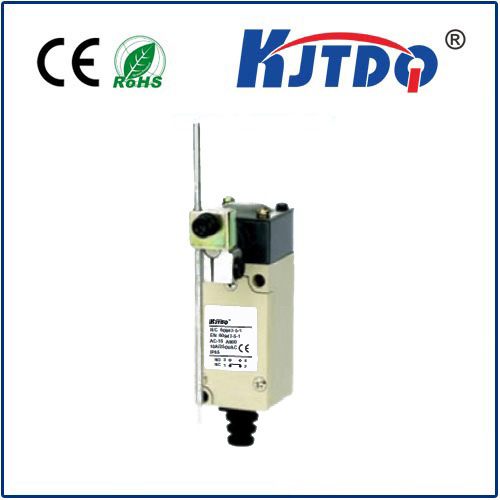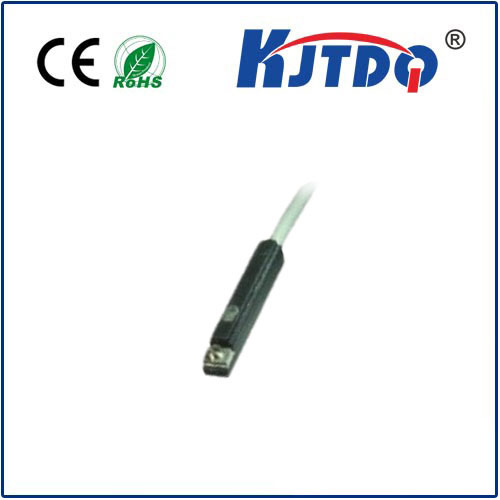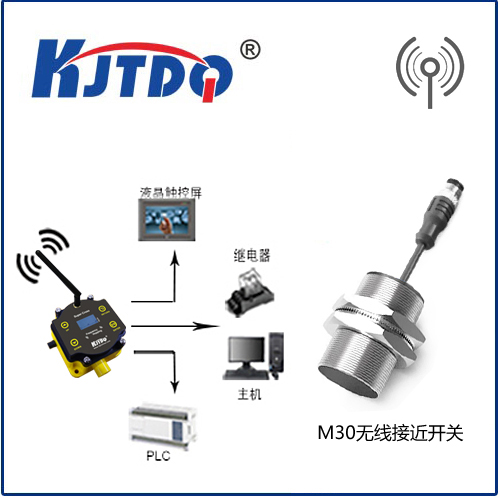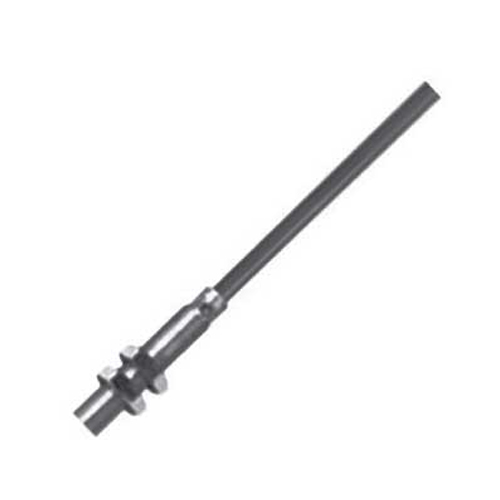BES01P0 high pressure proximity sensor
- time:2025-09-30 18:49:39
- Нажмите:0
BES01P0: Unlocking Reliable High Pressure Proximity Sensing in Demanding Environments
Imagine a critical piece of machinery operating under immense pressure, deep within a hydraulic press, a submarine system, or a high-pressure processing unit. Monitoring components within these unforgiving environments is paramount for safety and efficiency, yet conventional sensors often buckle under the strain. This is where specialized solutions like the BES01P0 high pressure proximity sensor become indispensable. Engineered to deliver precise, non-contact detection exactly where it’s needed most, the BES01P0 stands as a sentinel in the face of extreme pressure challenges.
Proximity sensors, in their essence, detect the presence or absence of an object without physical contact, typically using electromagnetic fields (inductive), optics, or ultrasonics. However, the “high pressure” qualifier in the BES01P0 designation signifies its core strength: it’s specifically constructed to withstand and operate reliably within environments where ambient fluid pressure (like oil or water) reaches substantial levels. This isn’t merely about enclosure strength; it involves specialized seals, robust materials, and internal designs that prevent pressure-induced deformation or ingress from compromising its sensing capabilities or longevity.

So, what makes the BES01P0 high pressure proximity sensor a go-to choice for engineers facing tough conditions?
- Engineered Pressure Resistance: The defining feature. The “P0” likely denotes a specific pressure rating class within its product family. These sensors are meticulously sealed, often achieving ingress protection ratings like IP68 or IP69K, signifying resistance to dust ingress and high-pressure water jets. Crucially, the housing is designed to withstand the sustained external hydrostatic pressure without deforming or leaking. This ensures consistent performance and prevents catastrophic failure even when submerged deep in hydraulic fluid tanks or pressurized vessels.
- Robust Inductive Sensing: The BES01P0 leverages robust inductive proximity sensing technology. It generates an electromagnetic field from its face. When a metallic target enters this field (within its specified sensing range), eddy currents are induced in the target, causing a change in the sensor’s internal oscillation. This change is detected and converted into a solid-state switching signal (typically PNP or NPN transistor output). Inductive sensing is inherently resilient, unaffected by dirt, dust, oil, or other non-metallic contaminants common in harsh industrial settings – a perfect match for high-pressure applications often involving lubricants or coolants.
- Exceptional Durability: Beyond pressure, the BES01P0 is built for the rigors of industrial life. Constructed typically with high-grade stainless steel housing (V4A / 316L is common for superior corrosion resistance) and advanced sealing technologies, it withstands vibration, mechanical shock, temperature extremes (operating ranges often span -25°C to +70°C or wider), and exposure to aggressive media like oils, coolants, and weak chemicals. This translates to minimized downtime and reduced maintenance costs.
- Reliable & Precise Detection: Consistency is key in automation and safety systems. The BES01P0 offers a well-defined sensing range and a reliable switching signal, ensuring accurate detection of pistons, valve positions, cylinder end stops, or gear teeth – even when submerged in high-pressure fluid. Its immunity to environmental contaminants and stable output under pressure provide the reliability demanded by critical control systems.
- Versatile Integration: Designed with practicality in mind, these sensors often feature standard M12, M18, or M30 threaded barrels and connector variants (like M8 or M12 quick disconnect), enabling easy installation and replacement within existing machine frameworks. Various electrical output configurations (e.g., normally open, normally closed) cater to diverse control logic requirements.
Where Does the BES01P0 High Pressure Proximity Sensor Shine?
The unique strengths of the BES01P0 make it ideal for numerous demanding sectors:
- Hydraulics & Pneumatics: Monitoring piston positions within hydraulic cylinders, detecting rod end positions in press cylinders, confirming valve actuation – all environments characterized by high fluid pressure. Direct immersion in hydraulic oil is common.
- Marine & Offshore: Equipment operating below decks or subsea faces significant water pressure. The BES01P0 can monitor critical components on winches, thrusters, ballast systems, or remotely operated vehicles (ROVs).
- Heavy Machinery & Presses: Large stamping presses, injection molding machines, die casting equipment generate immense pressure. Sensors monitoring clamp position, die position, or safety guards need resilience.
- High-Pressure Processing (HPP): Food and beverage industries use immense water pressure for non-thermal pasteurization. Sensors within vessel seals or monitoring moving parts require pressure tolerance.
- Test Benches & Fluid Power: Hydraulic test rigs subject components to extreme pressures for validation. Sensors monitoring these tests must be equally robust.
- Chemical & Process Industry: Monitoring valves or agitators in pressurized reactor vessels or pipework, where resistance to pressure and potentially corrosive media is essential.
Implementing BES01P0 Sensors Effectively
For optimal performance, consider these factors:
- Confirm Pressure Rating: Always verify the sensor’s specific pressure rating (e.g., bar or psi) against your application’s maximum operating pressure, including potential pressure spikes.
- Target Material: Inductive sensors detect ferrous (iron-based) and non-ferrous metals (like aluminum, brass, copper), but the sensing range differs (typically shorter for non-ferrous). Ensure the target material and size are compatible with the sensor’s specifications.
- Mounting: Ensure proper, secure mounting. Avoid placing the sensing face directly against a metal surface unless it’s the intended target. Maintain the recommended clearance area around the sensor face for optimal field generation.
- Cable Management: Protect cabling from abrasion, pinch points, and exposure to harsh chemicals or excessive heat. Use appropriate cable glands or conduits.
Conclusion: The Assurance of Robust Detection
In environments where pressure isn’t just a factor but a dominant force, standard sensors simply won’t suffice. The BES01P0 high pressure proximity sensor provides the critical solution. Its meticulously engineered construction, designed to triumph over intense pressure, combined with the inherent reliability of inductive sensing, delivers the dependable, precise detection needed to safeguard operations, ensure process integrity, and maximize equipment uptime. When failure is not an option, and pressure is a constant companion, the BES01P0 offers peace of mind and robust performance, making it an invaluable asset in the engineer’s toolkit for demanding applications worldwide.







